Tag: judicial
-
Incumbent Andrew Bain and former incumbent Monique Worrell are running for Florida’s Ninth Judicial Circuit State Attorney in Orange County, Florida
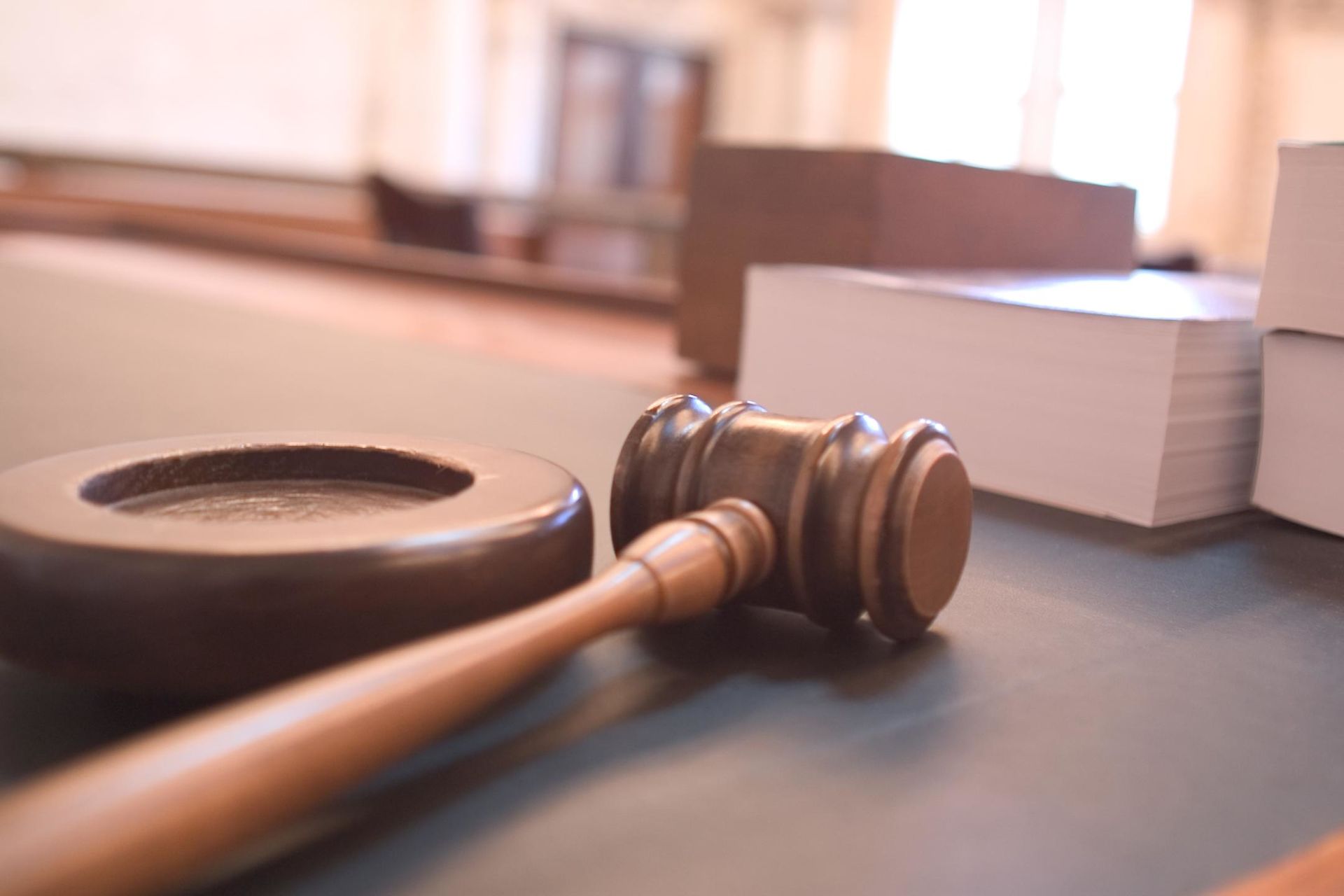
Incumbent Andrew Bain (I) and former state attorney Monique Worrell (D) are running for Florida’s Ninth Judicial Circuit State Attorney, which encompasses all of Orange County, Florida. The election is taking place after Gov. Ron DeSantis (R) removed Worrell from office in August 2023 and appointed Bain in her place. DeSantis suspended Worrell, claiming she…
-
Article III federal judicial nominations by president by days in office since 2001

There were 45 vacancies out of 890 authorized federal judicial posts as of October 31, 2024. All of those vacancies were for Article III judgeships. This report is limited to Article III courts, where appointees are confirmed to lifetime judgeships. From September 24 to October 31, 2024: By October 31—1,381 days in office—President Joe Biden…
-
Allison Cartwright (D) and Erin Murphy (D) are running in the Democratic primary for Suffolk County clerk of supreme judicial court on September 3, 2024

Allison Cartwright (D) and Erin Murphy (D) are running in the Democratic primary for Suffolk County clerk of supreme judicial court on September 3, 2024. Incumbent Maura Doyle (D), who was appointed in 1996, is not running for re-election. The Boston Herald’s Gayla Cawley wrote that the race “is shaping up to be a battle…
-
Crisp County, Ga., magistrate judge primary ends in tie, rare runoff, following recount

Republican voters in Crisp County, Ga., will get a second shot to pick their nominee in the county’s chief magistrate judge race on June 18. George Holmes and Brandon Rivers faced each other in a primary on May 21. Initial returns showed Holmes leading Rivers by one vote, enough to secure the nomination. But in…
-
Ballotpedia releases federal judicial vacancy count for May 2024
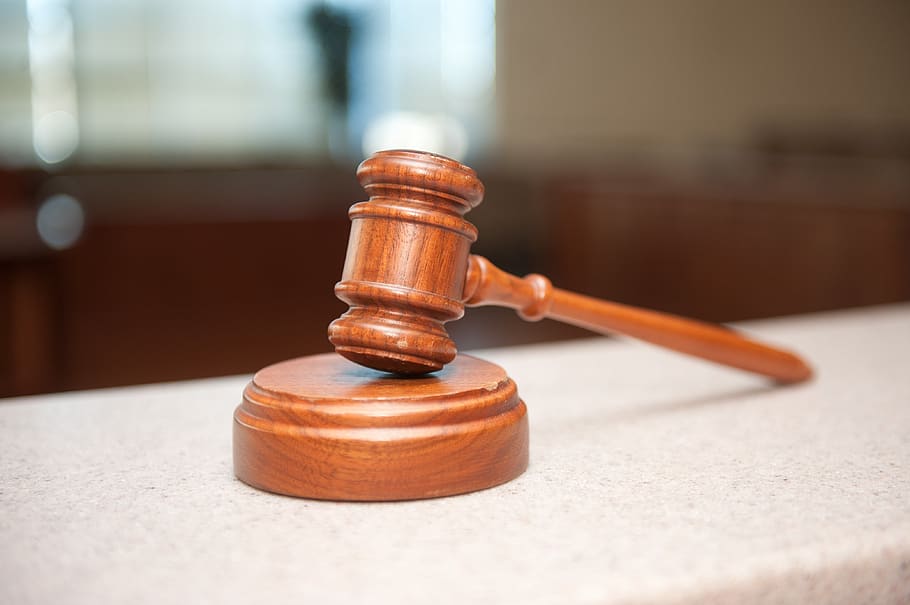
In this month’s federal judicial vacancy count, Ballotpedia tracked nominations, confirmations, and vacancies from April 2, 2024, to May 1, 2024. Ballotpedia publishes the federal judicial vacancy count at the start of each month. HIGHLIGHTS New vacancies There were 43 vacancies out of 870 active Article III judicial positions, a total vacancy percentage of 4.9,…
-
Federal judges block greenhouse gas emissions rule

Two federal judges in Texas and Kentucky ruled against the Federal Highway Administration’s (FHWA) greenhouse gas emissions rule, which would require states to set goals to reduce vehicle emissions. Judge James Wesley Hendrix of the United States District Court for the Northern District of Texas ruled on March 27, 2024, that the FHWA did not…
-
Three states end judicial deference practices

Lawmakers in Indiana, Nebraska, and Idaho passed bills in March 2024 to end judicial deference practices in each state. The bills were based on model legislation developed by The Goldwater Institute and the Pacific Legal Foundation, titled the Judicial Deference Reform Act. Nebraska Governor Jim Pillen (R) on March 27, 2024, and Idaho Governor Brad…
-
State supreme court vacancy count for December 2023
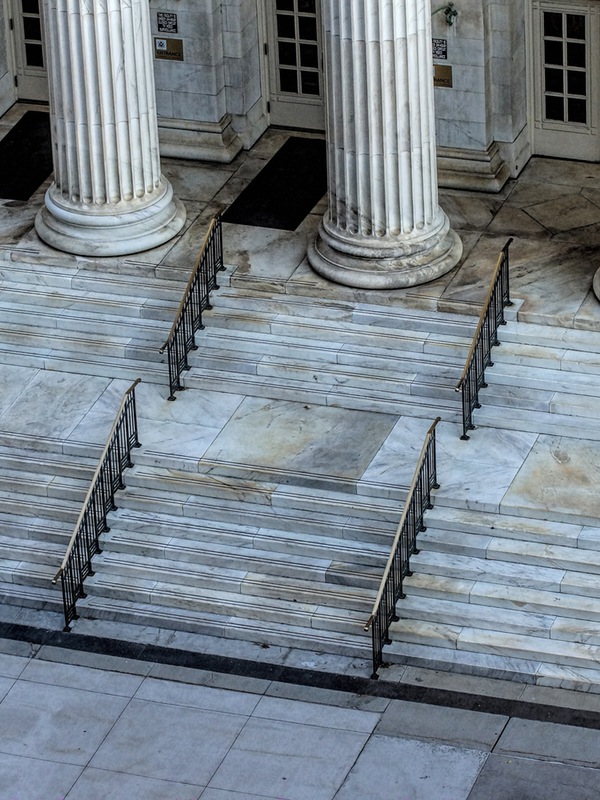
In this month’s state supreme court vacancy update, Ballotpedia tracked announced retirements, nominations, appointments, confirmations, and swearing ins of justices from December 1 to December 21, 2023. Ballotpedia tracks court vacancies in all 52 state supreme courts. Announced retirements: No new retirements were announced. Candidates nominated/appointed: One candidate was nominated to fill a vacancy. Nominees…
-
2023 sees high percentage of mandatory state supreme court retirements, continuing 2022 trend
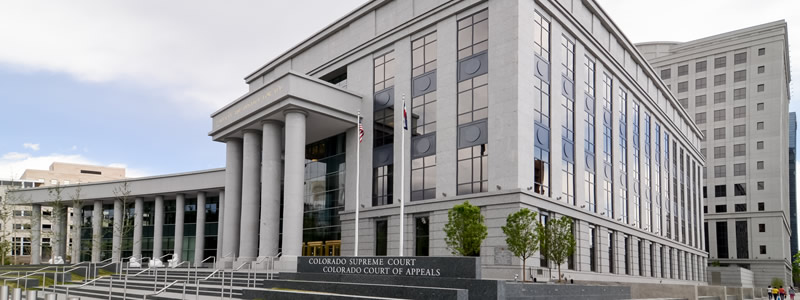
In 2022 and the first half of 2023, there was been an uptick in the percentage of mandatory retirements in state supreme courts. From 2019 to 2021, about one in every four retirements were mandated, while the remaining were voluntary. In 2022, there was an increase in the proportion of mandatory retirements, with about one…
-
Ballotpedia identifies 17 noteworthy Supreme Court cases regarding redistricting from 1946 to 2023
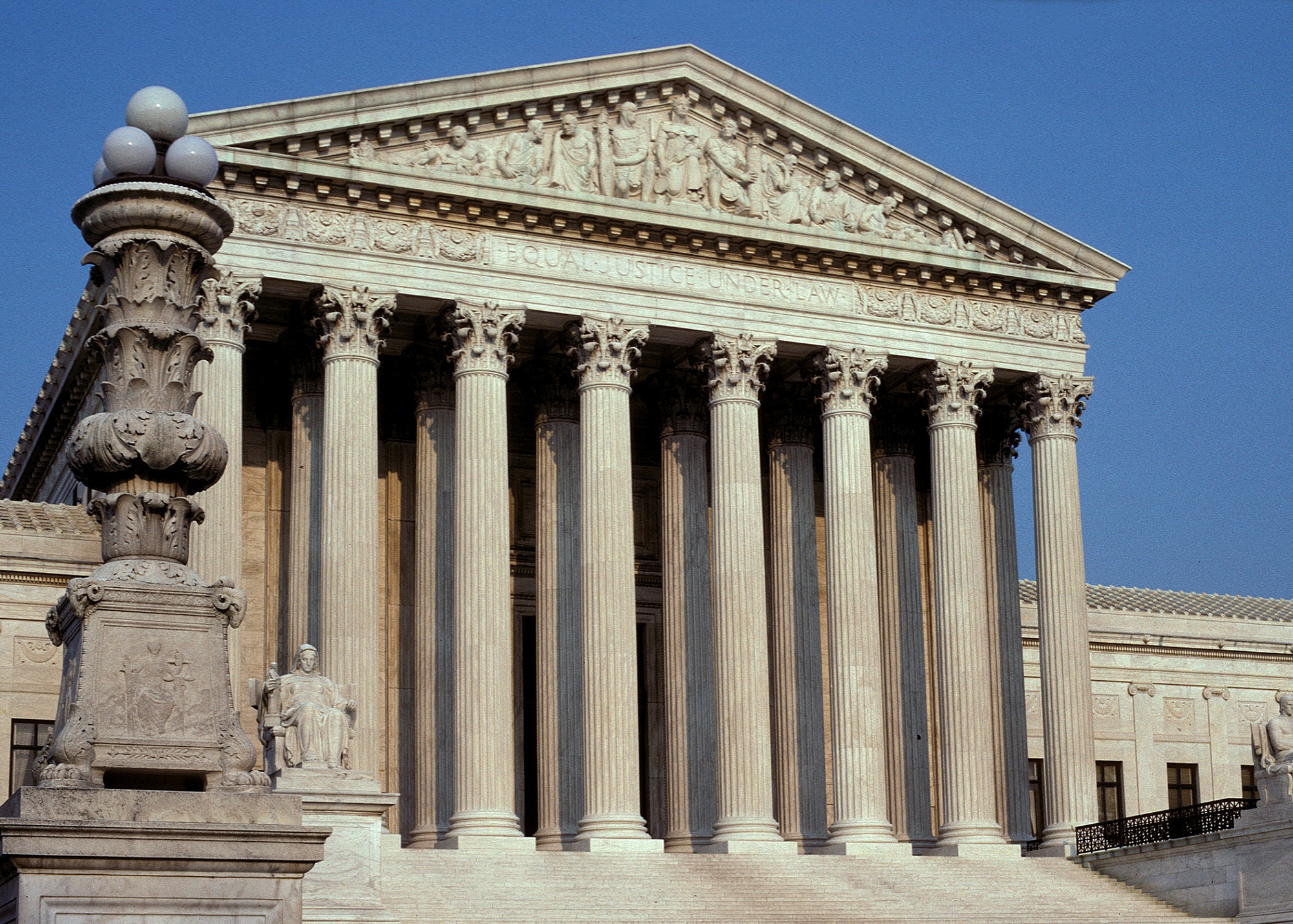
Ballotpedia has identified 17 noteworthy redistricting cases that the Supreme Court has heard since 1946, with the most recent one being Allen v. Milligan. In a 5-4 decision on June 8, SCOTUS affirmed the judgment of the United States District Court for the Northern District of Alabama that the state’s congressional redistricting plan adopted in…

